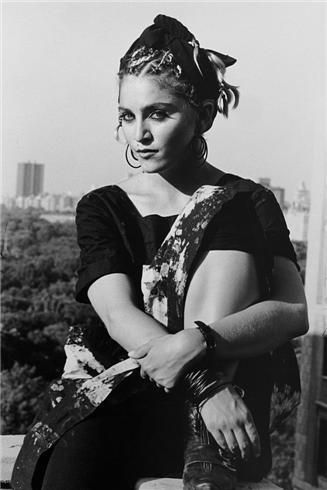
Madonna’s rise to fame is often associated with her groundbreaking music and unapologetic persona, but behind the scenes, her family history played a pivotal role in shaping both her art and the powerful messages she communicates. Born in 1958 in Bay City, Michigan, Madonna’s early life was marked by significant trauma that would influence her creative expression throughout her career. The most notable tragedy occurred when Madonna’s mother, also named Madonna, passed away from breast cancer when the future pop star was just five years old. This traumatic loss left an indelible mark on Madonna’s psyche, pushing her to channel her pain and feelings of abandonment into her music and public identity.
In the years following her mother’s death, Madonna’s father, Silvio Ciccone, remarried a woman named Joan, creating a strained and often toxic home environment. Madonna’s relationship with her stepmother was tumultuous, and she frequently felt rejected and misunderstood. The emotional upheaval in her household, coupled with the grief from her mother’s death, fostered a sense of loneliness and isolation that Madonna struggled with well into adulthood. These feelings of emotional abandonment and the complexities of her family dynamic would later find their way into her work, providing a raw and unfiltered lens through which she could process and articulate her inner struggles.
Her family history also played a major role in shaping Madonna’s views on women, power, and identity. Raised in a Catholic household, she was exposed to strict religious beliefs that would later influence her approach to both her public image and her music. As she grew older, Madonna began to question the patriarchal values instilled in her by her family and the Catholic Church. This questioning of authority and societal norms is evident in much of her early work, where themes of rebellion, sexual empowerment, and freedom of expression were prevalent. The pain of feeling suppressed and misunderstood in her family contributed to her desire to break free from societal constraints, and this desire was reflected in her art.
In many ways, Madonna’s family history and early life set the stage for the themes of control, independence, and defiance that would come to define her artistic career. As an adult, Madonna famously expressed that her art was a form of therapy, a way to confront the darkness and pain from her past. Albums like Like a Virgin and True Blue were more than just pop records—they were a reflection of her internal struggles with love, loss, and identity. These themes were not only personal but universal, as Madonna’s ability to tap into deep emotional wounds resonated with fans worldwide who saw their own experiences reflected in her music.
Her family’s influence extended beyond her emotional struggles and into her creative process. Madonna’s work often included subtle references to her family background, particularly in her exploration of maternal themes. In songs like Papa Don’t Preach and Oh Father, Madonna wrestled with the complex relationships between parents and children, specifically her relationship with her father. These songs became an outlet for her to process the unresolved feelings from her childhood. Madonna’s artistic exploration of family dynamics, particularly the impact of losing her mother at a young age, allowed her to work through her personal pain while creating music that spoke to the hearts of millions.
In the decades since, Madonna has become a symbol of strength and resilience, continually pushing the boundaries of art and culture. Her family history—marked by loss, conflict, and questioning of authority—remains a central influence in her work. Through her music, performances, and public persona, Madonna has transformed the darkness of her early life into a powerful tool of self-expression. Her ability to channel the complexities of her family relationships into universal themes of love, rebellion, and empowerment has made her one of the most influential and enduring artists in history. The untold story of how her family history shaped her art reveals a deep and personal journey that helped fuel her rise to superstardom and solidify her place in the cultural zeitgeist.





